*Brand archetype
Brand Archetype Outlaw: Rules are made to be broken
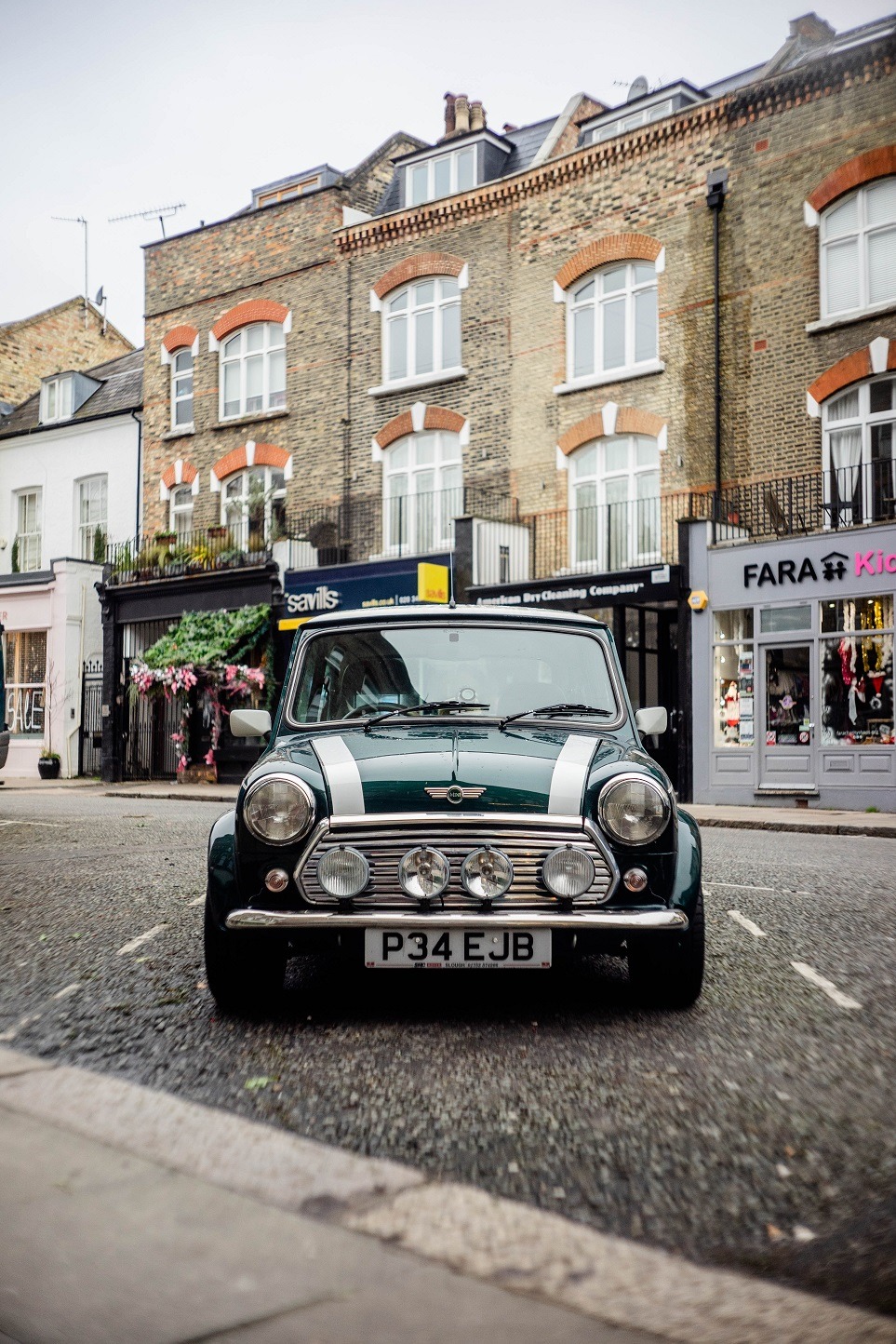
Does your brand challenge the status quo? Do you go against the established order and are you not afraid to strike a nerve? The brand archetype Outlaw or Rebel rebels because he doesn’t recognize himself in the current world. An Outlaw would rather set the current world on fire and create a new world for himself and the (select) group that thinks the same way. If your brand is a leader that offers its customers an alternative with groundbreaking ideas, the Outlaw brand archetype may be suitable for your brand. In this article, we’ll list the character traits, advantages, and disadvantages of this brand archetype. Curious which corporate and industrial Outlaws we highlight? Read on and discover if your brand is a true Outlaw!
Brand archetype Outlaw: Shocking and Changing the World
The Outlaw does not recognize himself in the status quo and creates a new reality for himself. Fundamentally, an Outlaw is not seeking admiration or a large following. The Outlaw wants to create an alternative that suits him better than the current options. The Outlaw does not feel at home and creates a way to be so. He is driven by a desire for freedom, independence, and often even justice or feelings of revenge. This desire of the Outlaw or Rebel arises from change, or the absence of change.

The Outlaw carbrand: Mini.
Like all other brand archetypes, the Outlaw comes in many different flavors. For example, one type of Outlaw may protect ‘old’ values that are threatened, while another Outlaw brand may believe that the world is not changing enough and therefore sets a different course. In both cases, the Outlaw is not afraid to provoke or shock and sees this as part of the process. Both stimulate a feeling of ‘not belonging’ in society, causing the Outlaw’s target audience to rebel and seek change themselves. How? The Outlaw openly speaks out against the status quo, not shying away from rough language and harsh words. In doing so, the Outlaw disrupts and shocks society with his behavior.
The ultimate Outlaw brand
The ultimate Outlaw brand may very well be Harley-Davidson. A brand that literally seeks freedom but also gives its customers a sense of community and ‘belonging’. As Harley-Davidson puts it:
‘In 1903, out of a small shed in Milwaukee, Wisconsin, four young men lit a cultural wildfire that would grow and spread across geographies and generations. Their innovation and imagination for what was possible on two wheels sparked a transportation revolution and a motorcycle culture that would make Harley-Davidson one of the most recognized and revered brands in the world.’
Harley-Davidson is direct and focused on freedom in its language and imagery. From ‘wildfire’ and ‘revolution’ and images of vast landscapes and the frequently used eagle, to slogans that have varied over the years between ‘live to ride, ride to live’, ‘American by choice, rebel by birth’, and the current ‘screw it, let’s ride’
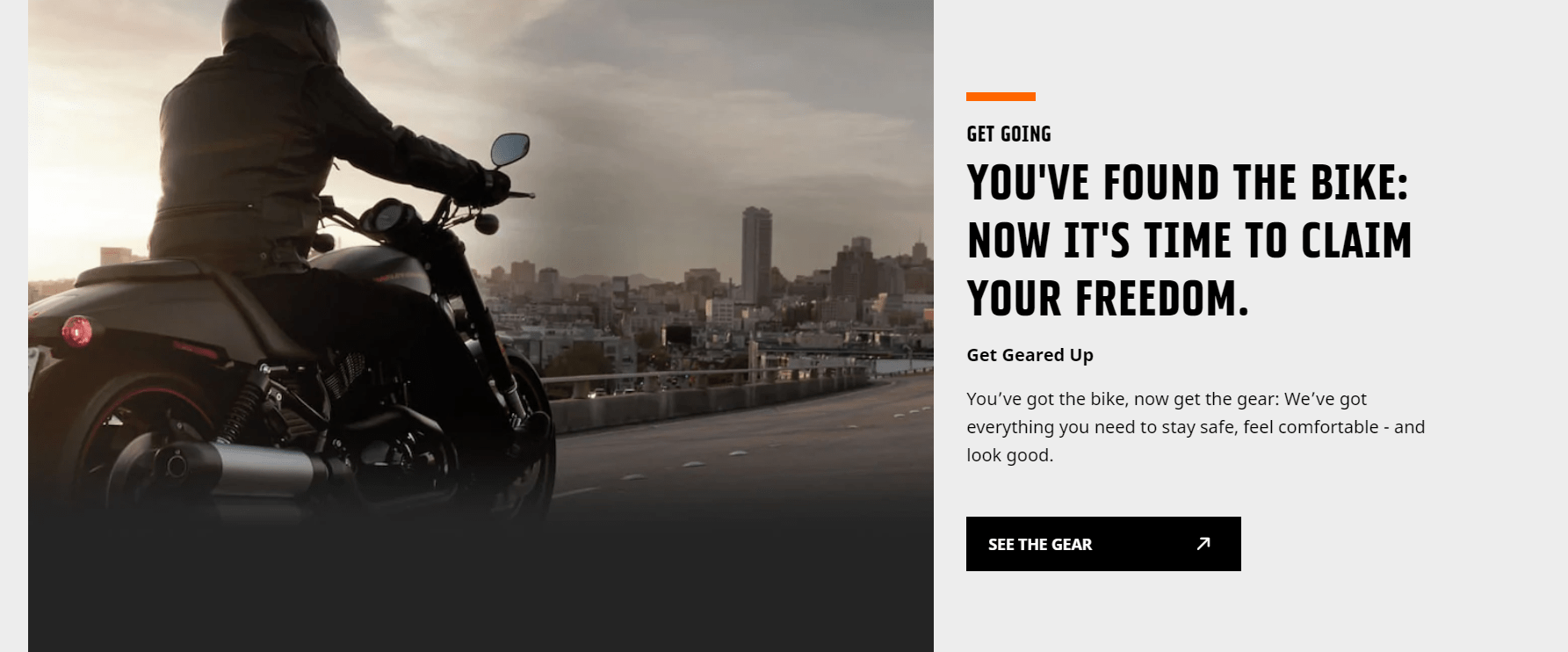
Harley-Davidson, the classic Outlaw, calls on customers to claim their freedom.
Outlaw brand archetype executed according to Richard Branson
Richard Branson executed the Outlaw brand archetype with Virgin, the company behind Virgin Records and Virgin Atlantic. In 1970, Branson started a mail-order retail service for records, which was revolutionary at the time. This brand grew into Virgin Music, a progressive rock and later punk label. The first truly big artist of the label was the Sex Pistols, who were controversial and had already been dropped by two music labels because of their anti-establishment behavior. Therefore, Virgin Music became big with a rock, punk, and rebellious image.
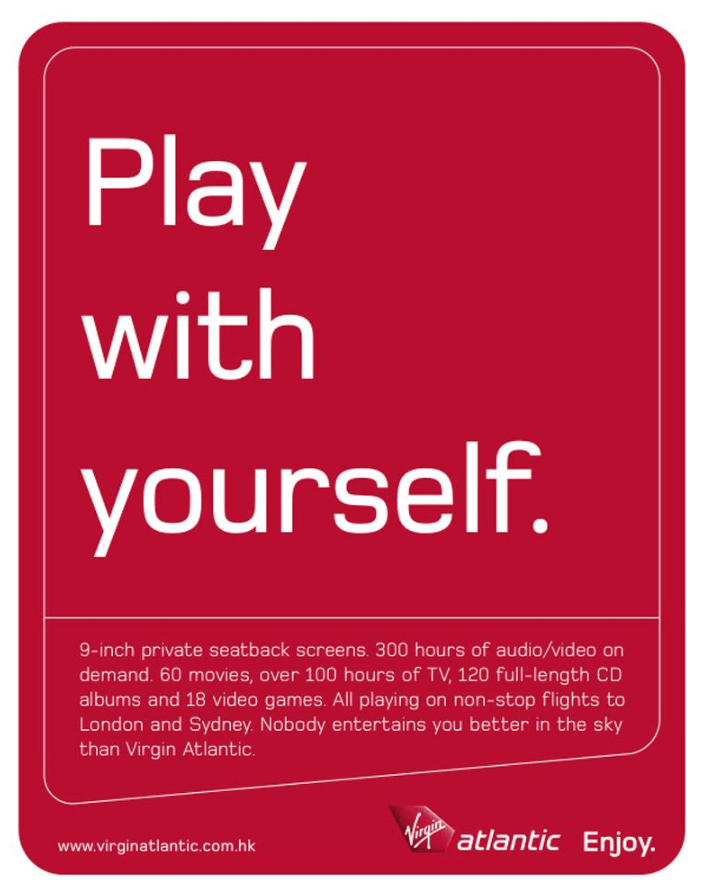
An Outlaw brand likes to shock, for example with bold or daring advertisements such as Virgin Atlantic with this advertisement.
Aan advertisement of an Outlaw brand stands out and shocks, as seen here with Virgin Atlantic. That rebellious image is also carried over into other brands under the Virgin umbrella. For example, the Disruptors podcast series from 2016, which Virgin describes as a “melting pot for disruptive thinking, designed to inspire, provoke and activate change in the world of business and beyond”. Virgin Atlantic is also a typical Outlaw example, unlike many other airlines, Virgin Atlantic focuses on the customer experience and the “fun” of the trip. For example, Virgin was the first airline ever to transport not only passengers but also their pets, and the company’s airplanes have eye-catching female names like “Lucy in the Sky” and “Miss Moneypenny”. But the Outlaw brand archetype of the Virgin Group is perhaps best seen in the advertisements of the different businesses.
An example of an Outlaw brand archetype in business services: Incentro
An Outlaw in the business services industry, and also of Dutch origin, is Incentro. If you regularly drive on the A4 motorway, the name might ring a bell. In February of this year, Incentro “hijacked” the A4: the company bought all the advertising space on the billboards along the road for two weeks with its “once” campaign. For those who don’t know Incentro yet, the IT service provider describes itself as a “digital challenger” and is known as a specialist in changing IT and corporate culture, an annoying and fair-trade software developer. With success, as the company reported profits for the fourteenth year in a row in February of this year, and while happiness is valued over growth at the company, the company achieved a growth of 37% in 2019.
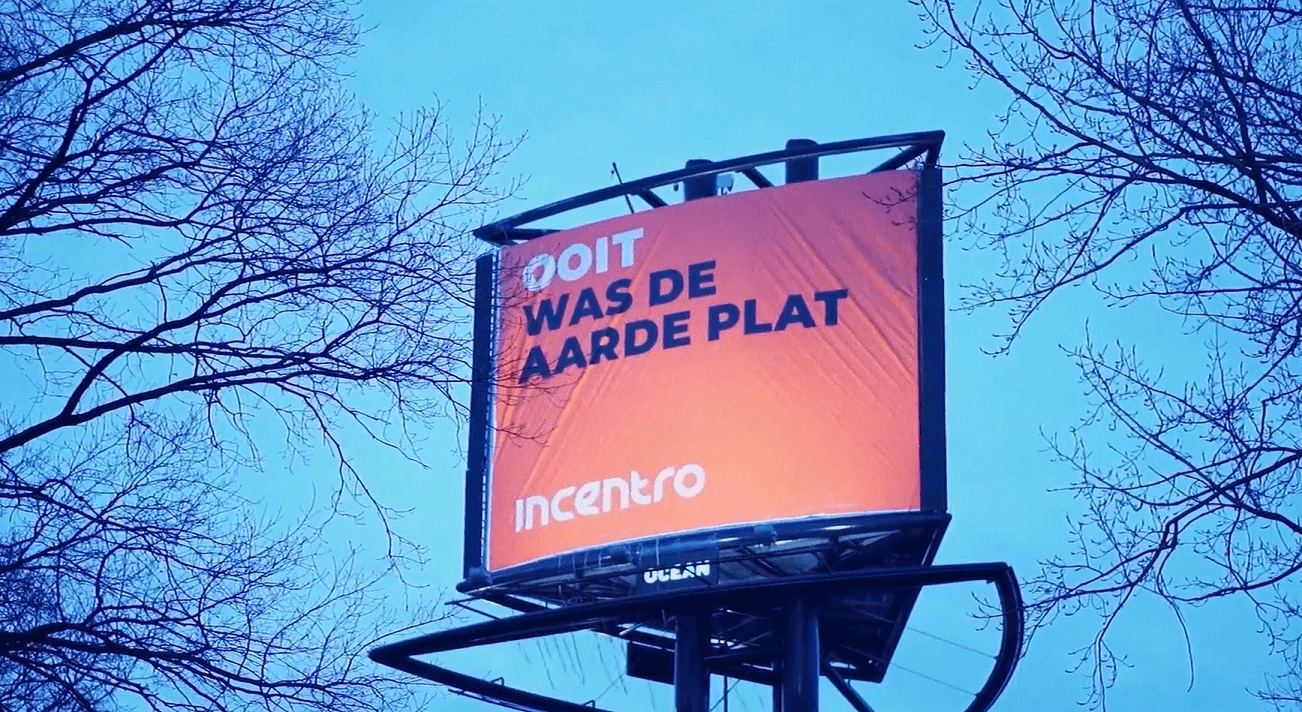
The ‘ooit-campaign’ of Outlaw brand Incentro.
Characteristic of an Outlaw, Incentro is therefore innovative, rebels against the status quo, and its company (or marketing efforts) is not appreciated by everyone. Incentro’s motto is very simple: everything is becoming digital. And actually, we don’t have time to stand still and wait for change, we have to create it ourselves. In fact, everything at Incentro is focused on change, from the text on the website to the slogan “let’s embrace change” and the previously mentioned “ooit” campaign focused on change in the past and in the future.
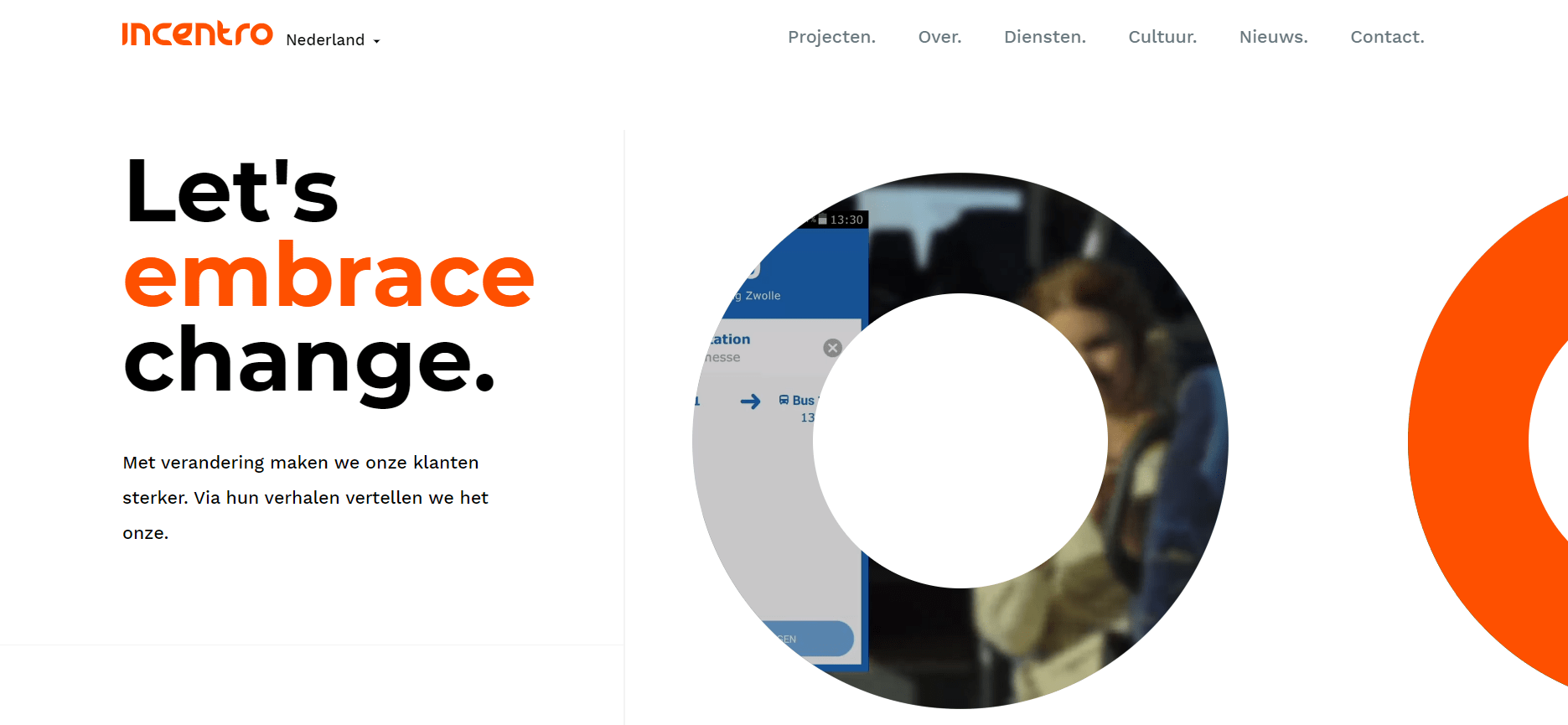
The slogan of the Dutch Outlaw brand Incentro is typical for an Outlaw brand archetype: creating change itself.
Another striking move by Incentro: the company sponsors 7 skateboarders towards the Olympic Games in Tokyo, where skateboarding will be performed as an Olympic sport for the first time. Skateboarding is often seen as something for rebellious youth and defiant teenagers, but is now being added by the Olympic committee in the battle for viewership of the younger generation. While many sports have to lobby for years to be added to the Olympic event, the skateboarders were actually asked and not everyone within the skateboarding world is happy with the development. Because skateboarders are rebellious and should especially remain so. And that is precisely why this striking move by Incentro fits so well with an Outlaw brand archetype.
Example brand archetype Outlaw in industry: SpaceX
When you think of space travel, you think of NASA. But that is something that SpaceX is changing. SpaceX was founded in 2002 by Elon Musk, the man behind Tesla, with the goal of revolutionizing space technology and making life on other planets possible. Musk is convinced that the human race will only survive if it can also live on other planets such as Mars. To his dismay, however, NASA was not even (openly) working on research or a possible mission to Mars. Musk feared that the American values that once drove the space race were becoming diluted, that people were losing their urge for innovation, science, victory, and technological possibilities. Almost paradoxically, Musk was looking for change and a restoration of the ambition of the 1960s and 1970s, both characteristic of an Outlaw brand archetype.
How does he plan to achieve this with SpaceX? The rockets that SpaceX designs, produces, and launches are designed to return to Earth, unlike all previous launch rockets in the world. With this, the company has already made history several times, for example in 2010 when it succeeded in bringing a rocket back from a low Earth orbit for the first time, and in 2012 when the Dragon became the first commercial spacecraft ever to supply the ISS. The rockets and spacecraft are also ultimately intended to send people into space, for space missions and commercial flights.
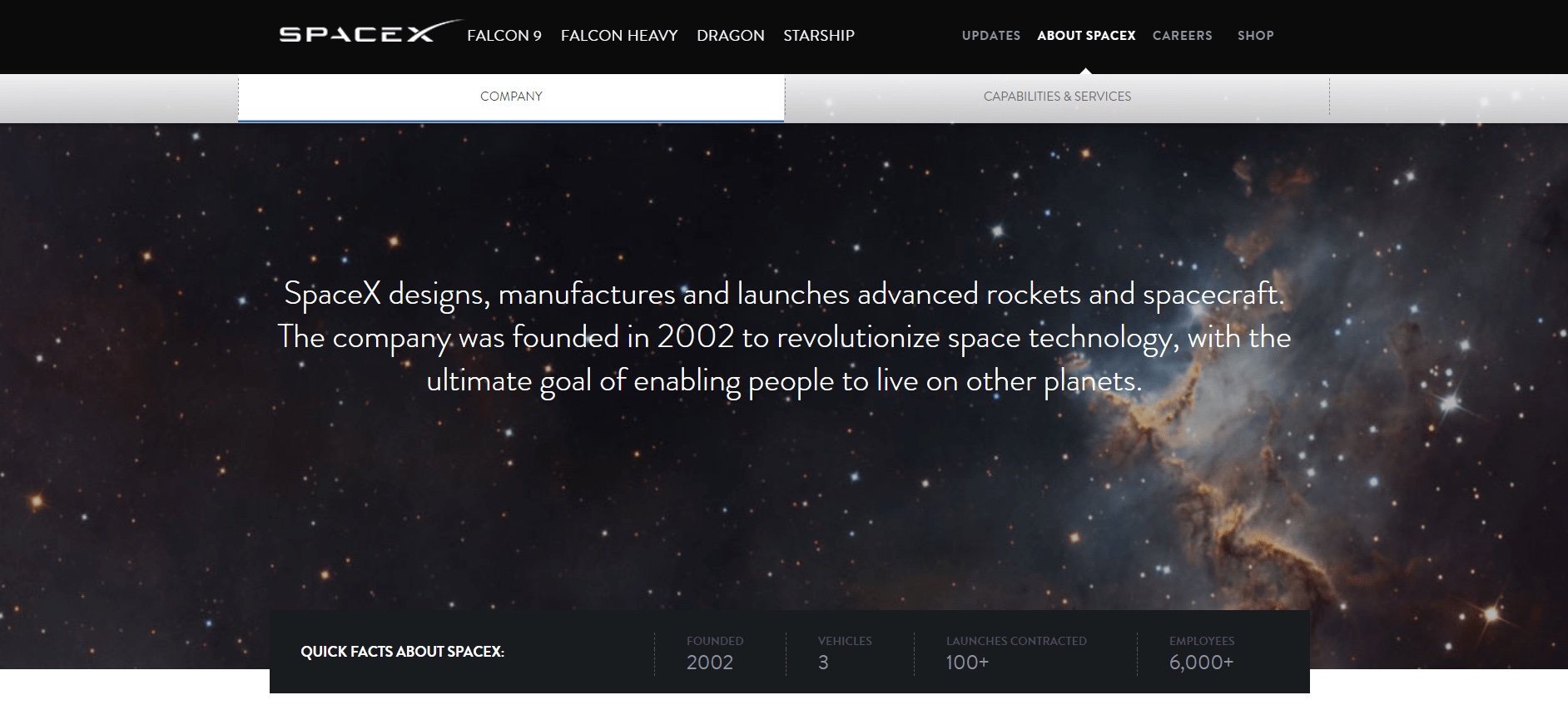
SpaceX is an industrial Outlaw that disrupts the space industry. Searching for change and innovation, as well as the values of the 1960s and 1970s.
You won’t see the rebellious character of SpaceX in big billboards or expensive TV ads. That’s logical, since Musk won’t find his customers there, who need at least 62 million to buy a SpaceX rocket. So how does the Outlaw brand archetype manifest itself? As mentioned earlier, the mission and idea behind SpaceX are typical of an Outlaw: creating change themselves. Because SpaceX is definitely shaking up the space industry, not only with its mission and vision, but also with the most powerful engines made in the last 50 years and relatively low production costs.
You might expect a company involved in space travel to be assisted by NASA or to receive government support. But that’s not the case for a true rebel, and so SpaceX does it on their own, without help or knowledge from NASA and without public funding (if you don’t count contracts from NASA and the U.S. Air Force). With this approach, the company is revolutionizing the space industry, an industry that has seen little change since the 1960s and 1970s.
The rebellious character is probably mainly determined by the man behind the company, Elon Musk. He is known as a rebel and innovator in technology. A fun example of a typical Outlaw who flips the proverbial bird to his predecessors is the Tesla Starman, or the Tesla by Elon Musk that SpaceX shot into space, including a mannequin in a spacesuit. According to Musk, it is an inspiration for people by “showing the possibility of something new in space.” The launch has been captured and is showcased on the SpaceX website.
Benefits of the Outlaw brand archetype:
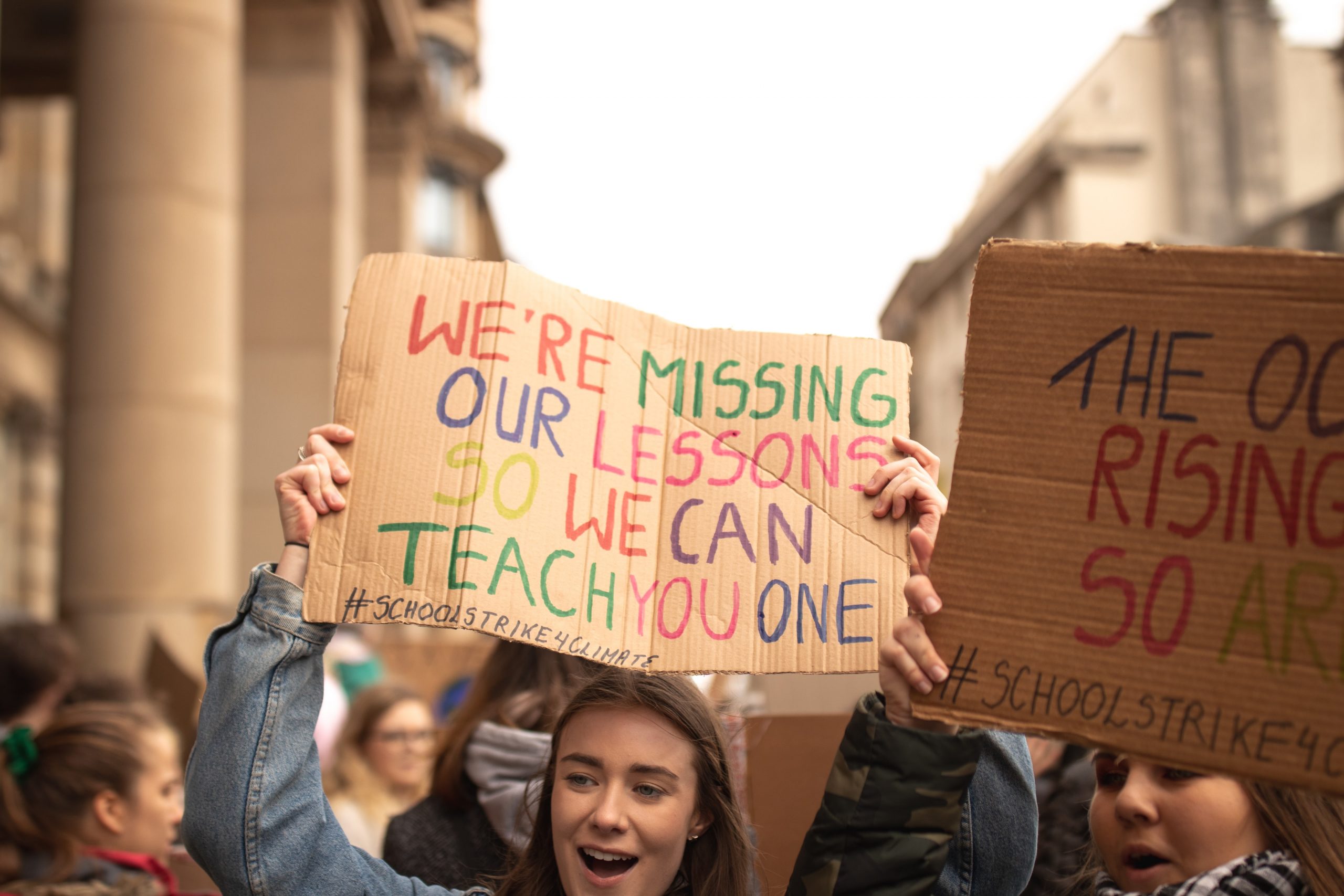
The Outlaw brand archetype and its target audience are known as rebels.
The Outlaw is a leader who dares to take risks. Courageous, bold, and not afraid to experiment, this leads to innovations and is a good starting point for a strong and unique position in the market. A well-executed Outlaw brand archetype attracts a target audience that feels it doesn’t truly belong anywhere else. With witty and bold expressions, an Outlaw brand archetype captures attention, after which the target audience joins based on a shared vision, but remains due to the sense of community, rebellion, and the contrarian nature.
Pitfalls Outlaw brand archetype
This is a good point. Like many things in life, a strength can also be a weakness. In the case of the Outlaw archetype, its rebellious character is also the basis for its biggest pitfalls: being rebellious just for the sake of being rebellious. If you rebel without a purpose and shock without reason, there is a good chance you will not be taken seriously by society, your industry, or your target audience. Another danger is having a negative attitude. Feeling excluded and seeking “revenge” can be fueled by hate or anger. Be careful that this does not lead to an unattractive message, fanaticism, and unfounded decisions.
Does the Outlaw brand archetype fit your brand?

The Outlaw is not afraid to burn bridges and prefers to set the existing world on fire.
A brand archetype can help you in your positioning and brand identity, but it is essential that the brand archetype truly fits your brand. Do you recognize yourself in the list below? Then the Outlaw brand archetype may fit your brand!
- You, your employees or your customers feel excluded from society, a sense of not belonging.
- As a brand, you break the rules, in your industry but maybe also in society.
- You pursue change, stand up for the underdog, or offer customers the opportunity to break with the norm.
- Products or services of your brand are accessible, and everyone should be able to use your product.
- Your brand contributes to preserving threatened norms and values or clears the way for new experiences, norms, and behavior.
- There is a good chance that your brand is admired and feared.
Of course, there are different degrees in every brand archetype, so don’t focus solely on this list, but think carefully about whether the motivations of the brand archetype also fit who you are at the core.
Innocent, Creator, and Jester: the differences and similarities with the Outlaw brand archetype
If the rebellious attitude of the Outlaw archetype doesn’t quite fit your brand, but you do recognize elements of this archetype, consider one of these other brand archetypes:
The Innocent and the Outlaw may seem like polar opposites, but both often have an ideological basis. Does your brand come from protecting certain norms and values or the belief that things need to be done differently? The target audience of the Innocent archetype also chooses based on shared norms and values, but as the name suggests, the approach is much more innocent.
The innovative features of the Outlaw are also very recognizable in the Creator. Unlike the Outlaw, the Creator doesn’t need to rebel against the status quo. Instead, they go their own way and create a new reality with creativity and imagination. Musk’s other big brand, Tesla, falls under this archetype.
If the boldness of the Outlaw fits your brand, but you’re still unsure, also consider the Jester. This archetype is also bold, but while the Outlaw rebels against the status quo, the Jester addresses issues with humor.
Still looking for the brand archetype that fits your brand? Think carefully about the foundation, your culture, and motivations. Also, take a look at our page on brand archetypes.